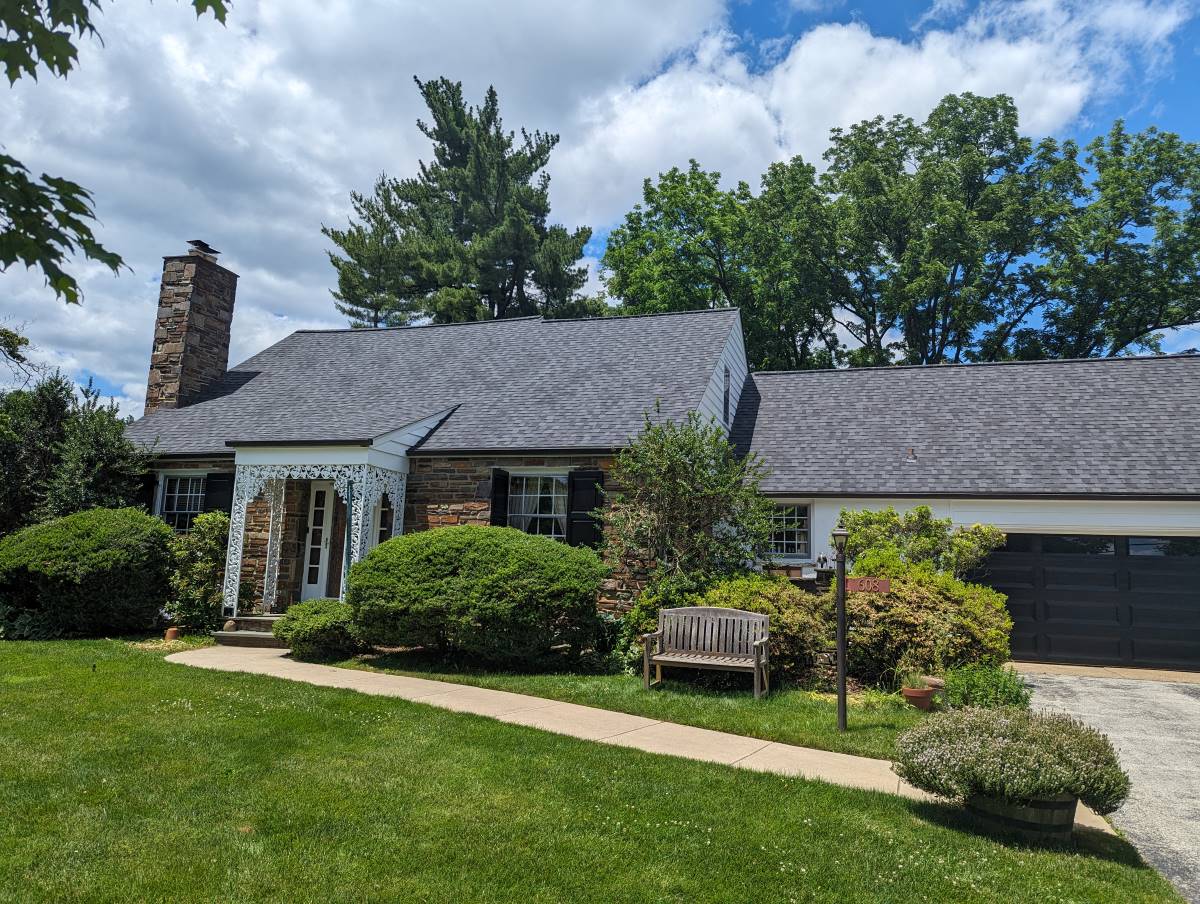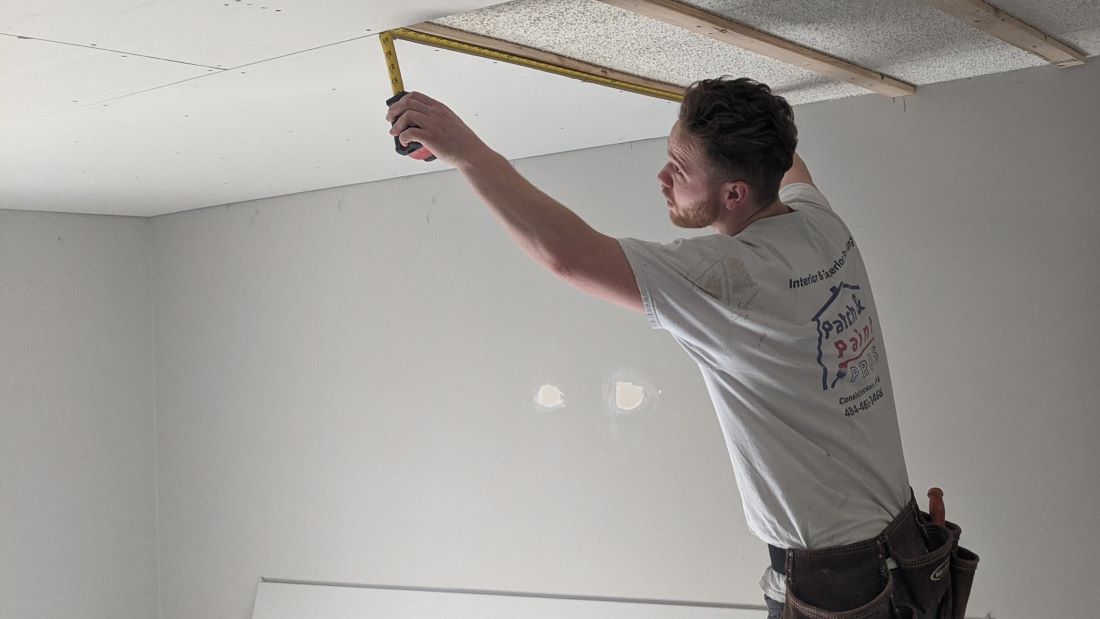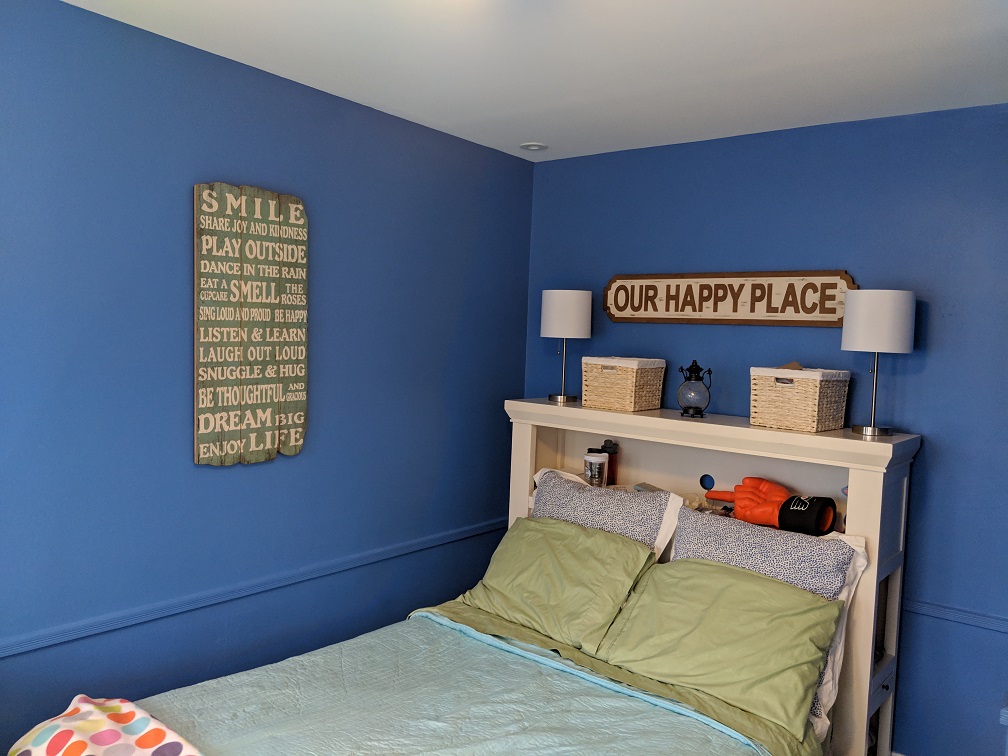Drywall is a crucial component of any construction project. It’s important to understand the different thicknesses available and how they impact your project’s outcome. This article will provide insight into the various drywall options, helping you make an informed decision when selecting the right one for your needs.
When it comes to deciding which type of drywall you need, there are several factors to consider — including size, weight, cost, and durability. Each drywall type has its own advantages and disadvantages that must be weighed before making a final choice.
By understanding these distinctions, you can ensure that you’re choosing the best product for your particular job.
Understanding Drywall Types
When it comes to choosing the right drywall for your project, it’s important to consider the different types available and their unique qualities. Sheetrock and drywall are typically made from gypsum board but can vary in thickness and have special properties such as acoustic performance, moisture resistance, and fire resistance. Taking the time to select the appropriate drywall will ensure a successful project with the desired performance and durability.
All of these features must be taken into account when evaluating which type of drywall will work best for your project. The next step is to consider common drywall thickness sizes used in construction projects – half-inch, one-quarter inch, three-eighths inch, five-eighths inch, and even heavier ones ranging up to one inch thick.
These dimensions play an essential role in determining the load-bearing capabilities of walls and ceilings as well as their overall strength and stability. Understanding how each size works within your specific application is key to achieving the desired result. With the right knowledge, you’ll be able to make an informed decision about which drywall thickness will provide the optimal outcome for your project.
Common Drywall Thickness Sizes
Let’s talk about standard and non-standard drywall thicknesses and which one is right for your project. We’ll look at the advantages and disadvantages of each so you can make an informed decision.
Standard Drywall Thickness
When it comes to drywall thickness, the most common size is 1/2 inch. It’s usually used for walls and ceilings in residential homes, as well as for offices or other interior spaces that don’t require fire-rated or moisture-resistant drywall.
For areas where these features are necessary, you’ll need to use thicker boards—5/8 or even 1 inch thick. These will provide additional protection against flames and water damage, making them safer choices when safety is a concern.
So make sure to consider your specific project needs before deciding on which type of drywall board to use.
Non-Standard Drywall Thickness
Once you’ve determined the right drywall thickness for your project, it’s time to start shopping around. You can find standard sizes in most home improvement stores and online retailers, but if you need something a bit more unique or custom-made, then you’ll have to compare prices from different vendors.
When choosing materials, make sure to look at quality as well as price so that you’re getting the best value for your money.
With careful consideration of all these factors, you should be able to find exactly what you need without breaking the bank.
## Comparing The Benefits Of Different Thicknesses
When it comes to determining the right drywall thickness for a project, there are many factors to consider. One of those is the weight of the wall itself and its contents – heavier walls will require thicker materials in order to hold up properly.
Consider Rob, a contractor working on an office building renovation. He had originally planned to use standard 1/2-inch drywall but quickly realized that wouldn’t be enough once he started factoring in all the furniture, computers, and other items that would occupy each room. After doing some research into his options, Rob decided to go with 5/8-inch thick drywall instead – not only was it more durable than thinner material, but it also allowed him peace of mind knowing the wall could handle everything being thrown at it.
Choosing the right drywall isn’t just about picking out a specific thickness either; you need to make sure you’re selecting compatible materials as well. Aside from purchasing panels made by different manufacturers, which can lead to compatibility issues down the line, there are other considerations like moisture resistance or fire resistance ratings that may come into play depending upon your project requirements.
As long as these aspects are taken care of before installation begins, however, choosing your ideal drywall panel should be relatively straightforward. Moving forward then with calculating the cost of such materials takes priority.
Calculating The Cost Of Drywall
Let’s talk about types of drywall, estimating the cost, and materials needed. We should also consider:
- labor costs
- cost of installation
- measuring the area
- quantity of drywall
- thickness of drywall
- cost of finishing
- environmental factors
- cost of accessories
- cost of disposal
- cost of labor
- cost of supplies
- cost of tools.
Types Of Drywall
When it comes to picking the right drywall for your project, there are a few types to consider. Most standard drywall is made from gypsum and paper, but you can also find fire-resistant or moisture-resistant varieties that may come with an additional cost.
Fire-rated drywall has an additional layer of fiberglass, which helps protect against flames in case of a fire, while moisture-resistant board contains wax additives that help reduce water damage. Whichever type you choose should be based on the needs of your particular project.
Estimating Cost
Now that you’ve decided which type of drywall is best for your project, the next step is to estimate how much it will cost. To do this, measure the space you need to cover and compare costs between different suppliers. You can also research whether any discounts or specials are available in order to save some money.
Ultimately, getting a good deal on drywall means taking time to shop around and find the price that works best for your budget.
Materials Needed
Once you have the price of your drywall figured out, it’s time to make sure you have all the materials and tools necessary for installation. You’ll need a variety of items like joint compound, screws, nails, trowels, sandpaper, and more.
It’s also important to familiarize yourself with proper installation tips so that you can install your drywall correctly and avoid any issues down the line. With the right supplies in hand, you’re ready to get started on calculating the cost of drywall!
Ensuring Durability And Quality
Selecting the appropriate drywall thickness is an important aspect to consider in any residential construction project. Building codes often dictate the standard thicknesses of drywall that are suitable for different areas of a home.
It’s essential to understand the installation process and how the thickness of the drywall will affect it. For instance, if you’re working with thicker drywall sheets, you may need to use additional screws and supports such as metal studs to secure it to the framing.
Moreover, the thickness of the drywall you select should be able to withstand the weight and pressure it will experience over time. If the drywall is too thin, it may sag or even crack, compromising the overall durability of your project.
It’s also important to note that improper installation of drywall can lead to various issues such as cracking, warping, and even disintegration over time. Therefore, it’s essential to take appropriate measures to ensure that the drywall is installed correctly.
In addition to choosing the right thickness, using a joint compound specifically designed for use with gypsum boards can also help improve the durability and overall quality of your project. The joint compound allows for better adhesion and reduced shrinkage during the drying process.
By considering all these factors, you can make an informed decision on the appropriate drywall thickness for your project. Proper installation and adequate support will ensure that your drywall will last long-term and meet all the necessary building codes and safety standards.
Final Thoughts
Choosing the right drywall thickness for your project can make all the difference. It’s important to do some research and weigh up the pros and cons of different sizes before making a decision.
Consider cost, durability, and quality when selecting the best option – it’ll save you time and money in the long run. Ultimately, if you need help deciding which thickness is best for your needs, don’t hesitate to consult with an expert.
They will be able to provide valuable advice and support so that you can complete your project with confidence!











